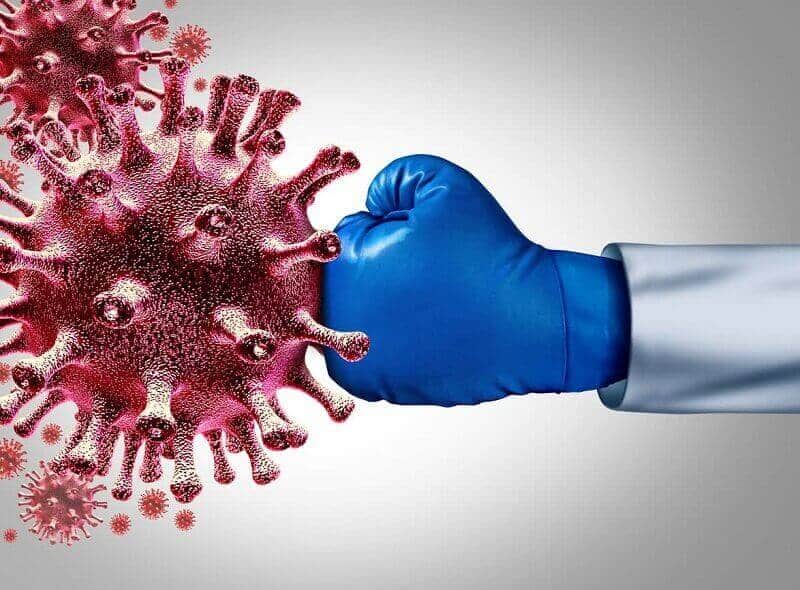Difference Between Active and Passive Immunity
Before entering the human immune system, Bacteria or Pathogens has to go through a few lines of defense that your body has in place. Active and passive immunity are the two common ways by which your immunity is strengthened. Both active and passive immunities may look similar but are different in many ways.
In this article, we’ll learn about how our immunity works and also see the differences between active and passive immunity, and also find their solutions.
When some strange bacterias and pathogens find their way into your body, they are generally destroyed by your immune system. The immune system protects our body from various types of pathogens and toxins.

But before arriving in your immune system, foreign material has to go through certain lines of defense that your body has in place.
Innate immunity provides the first line of defense against pathogens with the help of physical and chemical obstacles like skin, mucus layers, and saliva. The second line of defense is created by innate immunity through phagocytes.
The third-line defense is induced by adaptive immunity. Adaptive immune responses are extremely slow, precise, and antibody-mediated, unlike innate immunity, which is non-specific and fast.
Adaptive immunity is further divided into two types:- Active Immunity and Passive Immunity.
Also Read: Difference Between Pandemic and Epidemic
Active Immunity
Active immunity is developed by our immune system when we are exposed to a disease-causing agent i.e., a pathogen. It occurs in response to breathing new air, eating some new food, or touching new things.
Individuals with moderate immune systems do not get sick every time something new enters their bodies as active immunity is frequently working to neutralize foreign agents. And it is more common than passive immunity.
Example:- Active immunity has numberless examples as your body is daily exposed and also reacts to new pathogens.
Also Read: Difference Between Viral and Bacterial Tonsillitis
Passive Immunity
Passive immunity refers to short-term immunity, that results from the introduction of exterior antibodies. So, passive immunity does not require direct exposure of our body to pathogens.
And since antibodies are introduced into the body, the immune response can be developed quickly. But, passive immunity lasts for several days.
They are less common but are also very important as they let our bodies take a proactive defense against hazardous illnesses and diseases.
Example:- Passive immunity arises when a baby receives a mother’s antibodies through the placenta or breast milk, injection of antisera, vaccines, etc.
Now, let’s compare and see the difference between the two types of adaptive immunity i.e., active immunity and passive immunity with the help of the below table.
Also Read: Difference Between Incidence and Prevalence
Also Read: Difference Between Cold and Flu
Conclusion
The body has two types of adaptive immunity – active and passive immunity.
Active immunity refers to the immune response to a pathogen. Passive immunity arises when antibodies are introduced rather than made. Here, the immune response occurs immediately.
And the main difference between active and passive immunity is the origin of the antibodies which are used in these two types of immunity.
We humans depend on both active and passive immunity for contributing to a well-equipped and strong immune system.


